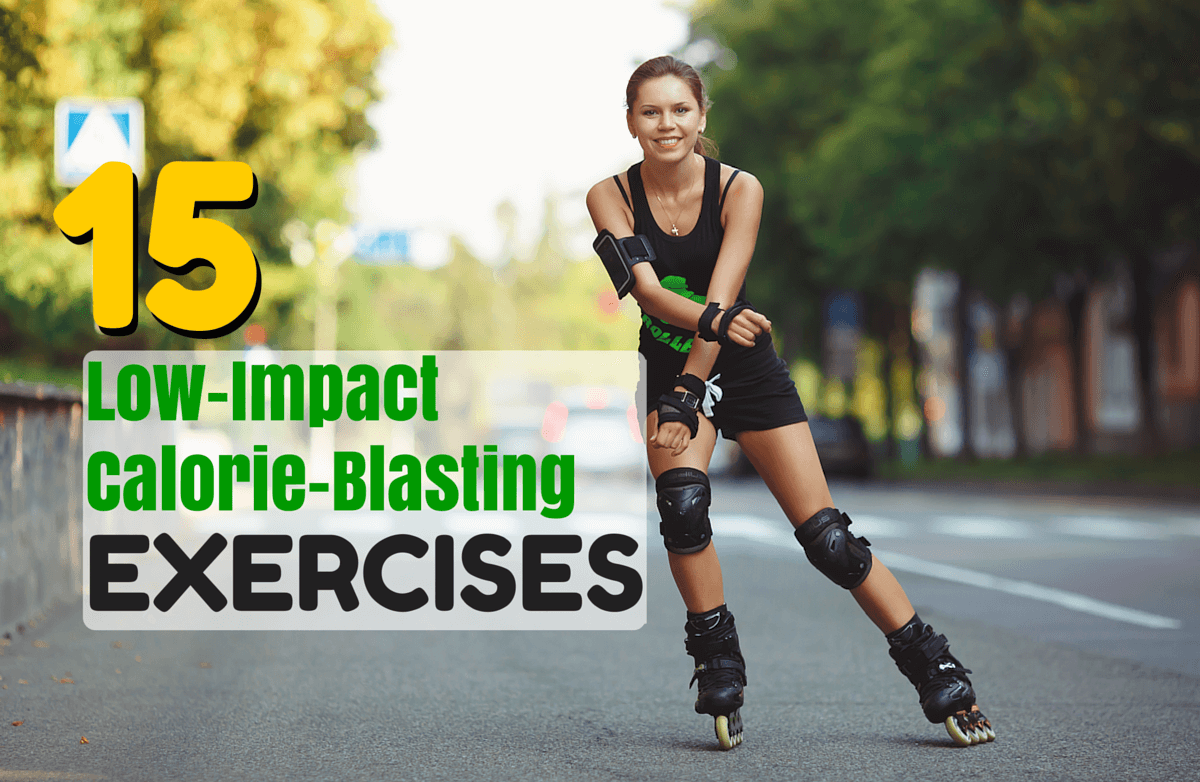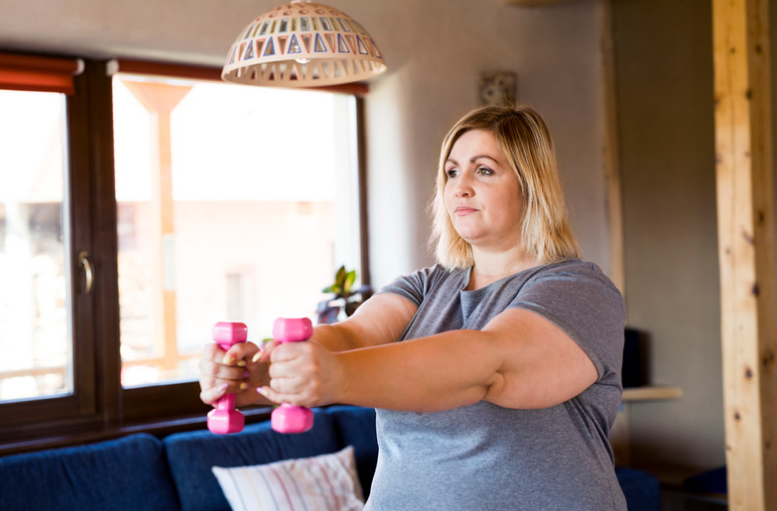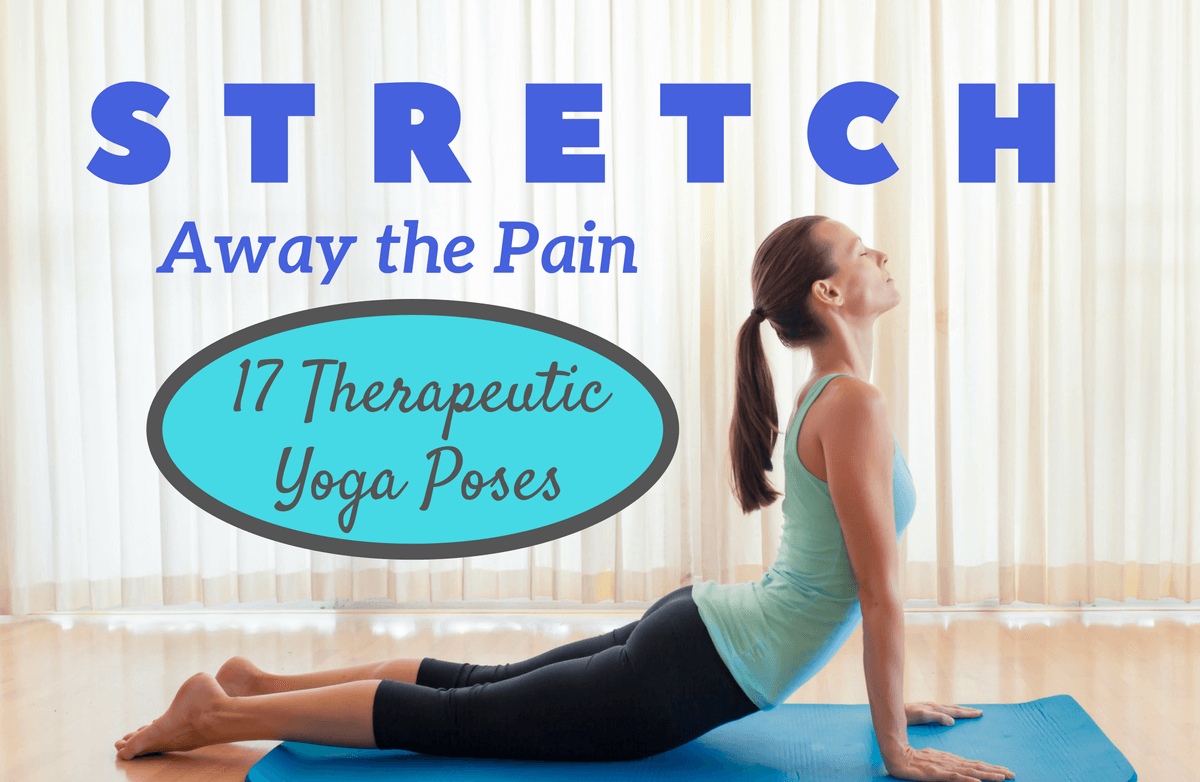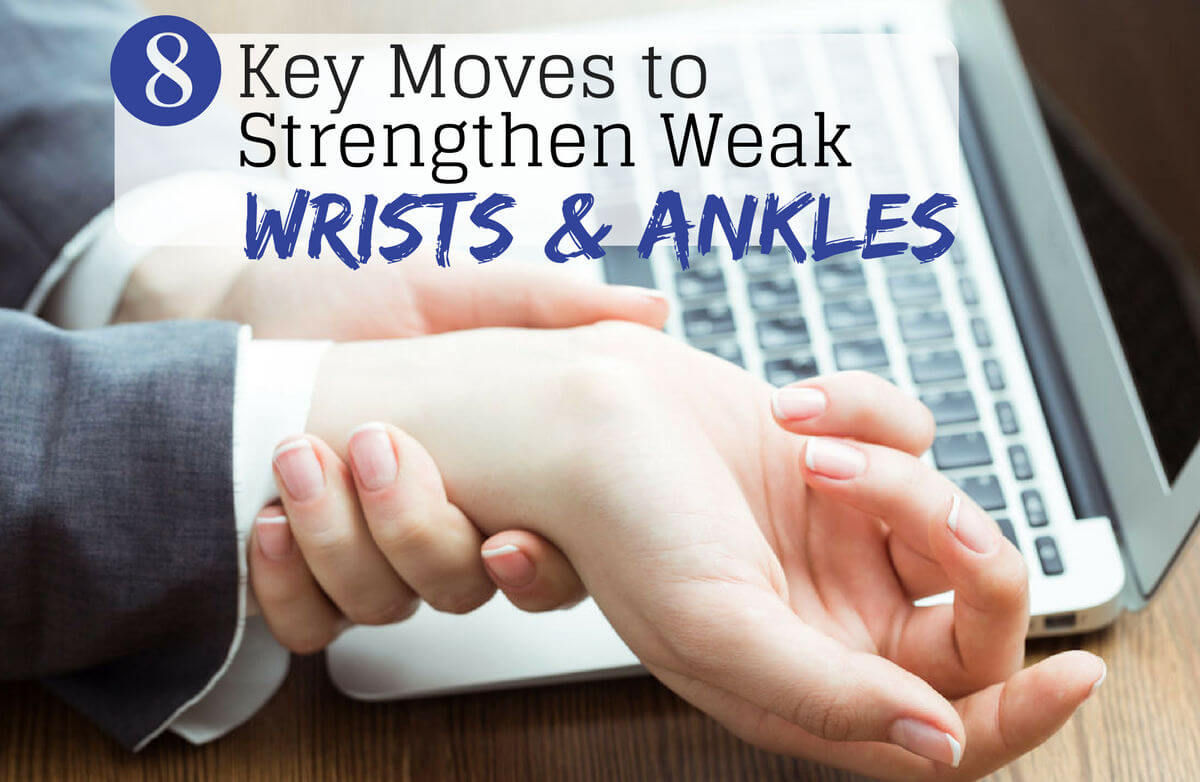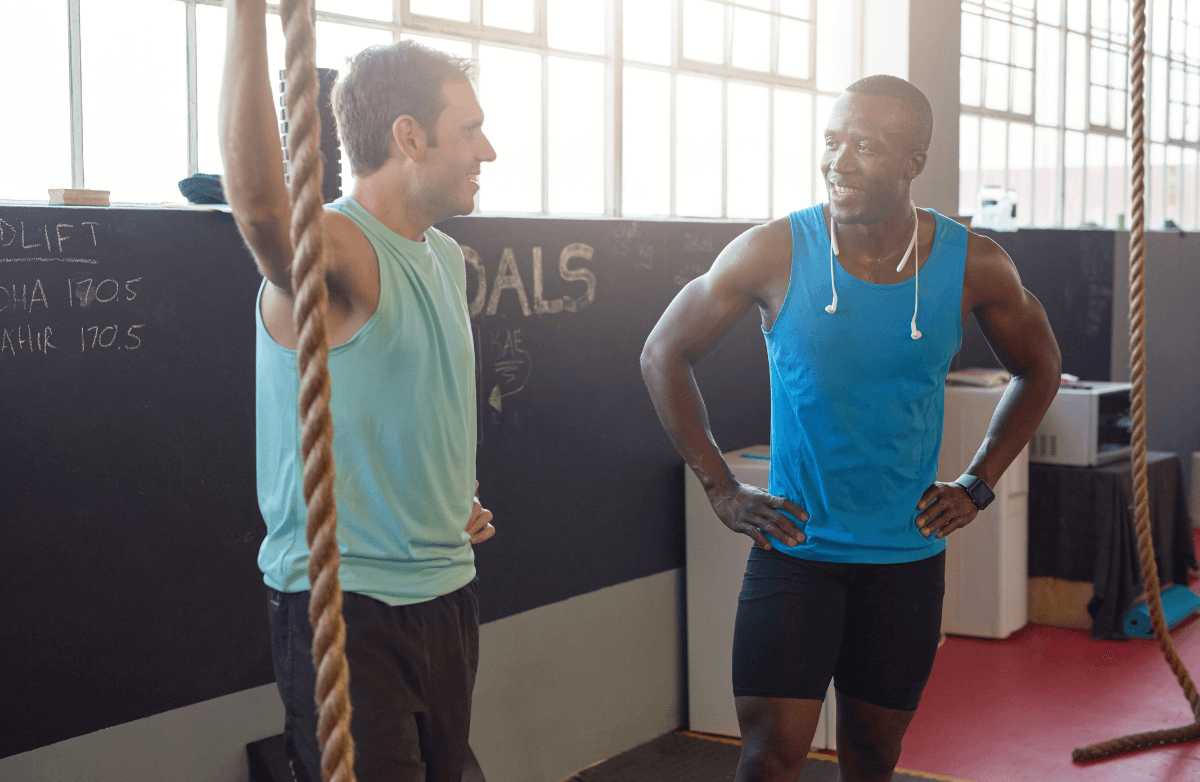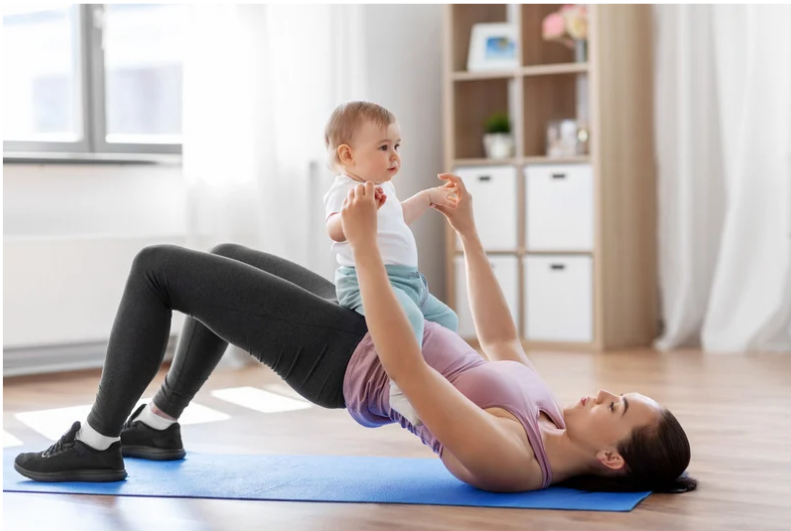Feet First
Next to shoes, socks can be your most important piece of walking gear. Choose socks that are made of a breathable material. Again, you want your feet to stay dry, so cotton isn't usually the best choice. High-performance socks, including wool, can help with comfort, breathability and blister prevention. Steer away from thin socks, which might not provide enough cushioning. A thick sock might be better—just make sure it's not so thick that your shoes fit too tightly.
Your feet are your foundation, so shoes are very important. They strike the ground thousands of times during every walk, and every step you take affects every joint in your body. The right walking shoe will provide cushioning that reduces the impact when your foot strikes the ground, as well as support for the ankles, which helps you avoid injury. Look for walking-specific shoes that are lightweight, breathable, have a thick, flexible sole and good arch support. After you've found the right shoe, keep track of the number of miles you walk. One pair of walking shoes should last about 300 to 600 miles, assuming you only wear them for walking and not other activities.
Bring on the Layers
At certain times of the year, you'll need more layers. Layering is great because it keeps your body temperature comfortable. It allows you to add layers (to stay warm as needed) and remove layers (to cool off) at any time. In general, these three layers will keep you comfortable in most conditions:
- A base layer should be light and breathable. Choose a high-performance fabric that will draw sweat away from the skin so it can evaporate and cool you without making you feel wet. Stay away from cottons, as they retain moisture (sweat), which can keep you cold in the winter and hot in the summer. A good cold-weather material is polypropylene; in warm weather, sweat-wicking clothing like CoolMax or Dri-FIT works well.
- An insulating layer goes on top of your base layer. It adds warmth and provides temperature control. This layer should be easy to remove in case you get too warm.
- A protective outer layer goes on top of your insulating layer to protect you from elements like wind, rain, and snow. Choose waterproof fabrics that are made of breathable materials (so your sweat can evaporate).
Last but Not Least
With so much focus on your feet and body, don't neglect these other parts! A ventilated and/or brimmed hat can protect your head from the sun during the summer. A winter hat will help regulate your body temperature, since one quarter of your body heat escapes through your head. Gloves also help regulate your body temperature. And lastly, be sure to protect your skin (and eyes) from damaging rays. If you'll be outside longer than 15 minutes, you should wear sunscreen, even in the winter. Sunglasses are a good idea, too.
Following these tips should keep you outside comfortably all year long!




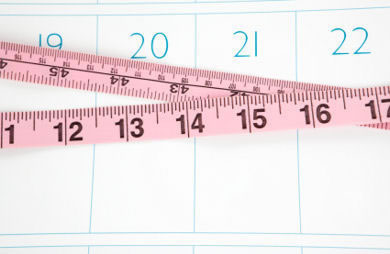
.png)
